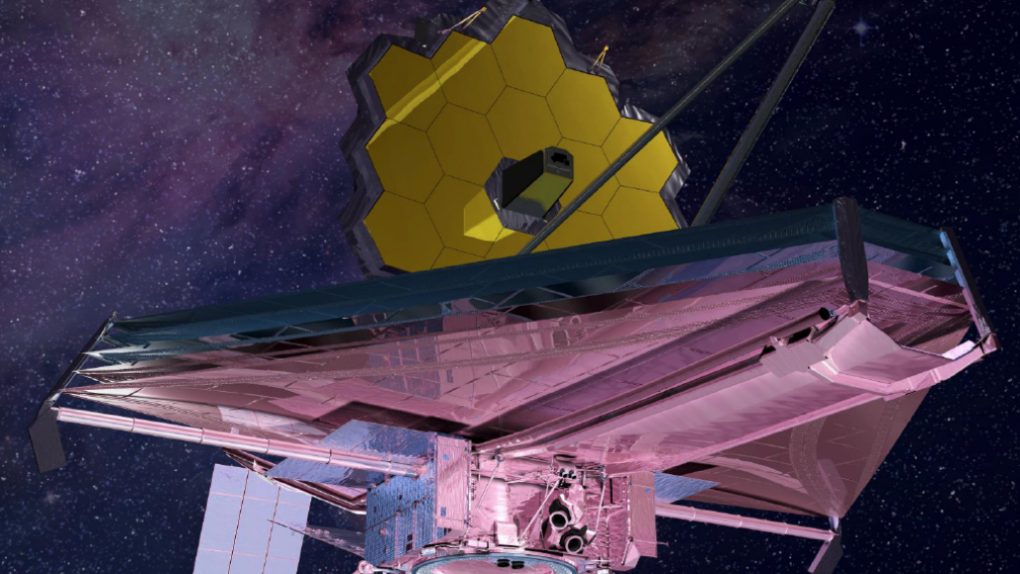- NASA has announced that the James Webb Space Telescope will yet again miss its planned launch date and instead launch in October 2021… maybe.
- The telescope was originally supposed to launch in 2007 on a $500 million budget.
- It’s been nearly a decade and a half since the planned launch, and costs have ballooned to $10 billion.
Hey, stop me if you’ve heard this one before: NASA’s James Webb Space Telescope isn’t going to launch when it was supposed to launch. Sound familiar? Well, that’s because the telescope has seen so many delays that at this point I’ve honestly lost count. According to NASA, the new launch date (which will probably also not happen) is October 2021.
NASA officials made the announcement on Thursday and blamed a number of factors for the delay. The COVID-19 pandemic was top of the list, which is fair, and work on the James Webb telescope was indeed impacted by workers not being able to come in as usual. The other potential factors included months of additional testing to ensure the telescope’s folding array works as intended and other maintenance.
It wouldn’t be a stretch to call the James Webb Space Telescope a disaster at this point. The project had an original launch window of 2007 and a budget of roughly $500 million. Now, almost a decade and a half later, the cost of the telescope has ballooned to $10 billion, and much of that is due to contractor Northrop Grumman failing to hold up to its end of the deal.
The company’s CEO was even called before Congress to explain how things got so out of hand. Independent reports on the progress of the project revealed huge missteps on the part of the company, including using the wrong kinds of solvents on critical spacecraft components and even things as silly as not tightening bolts down correctly.
Incredibly, Northrop Grumman CEO Web Bush admitted to Congress that not only was the company screwing these things up, but that no staff had lost their jobs due to the incompetence that led to huge delays and massive cost overruns. A lawmaker then took the bold step of asking whether or not the company would give the government a break on the bill, since it was the company’s fault that the project is taking so long. Unsurprisingly, the CEO took the stance that doing so “would be the wrong approach.”
In any case, with how poorly the project has been managed up to this point it was pretty obvious that the global pandemic was going to throw another wrench in NASA’s plans, and it appears to have done just that. Going forward, it’ll be interesting to see just how far this mission can be delayed, because at this point it must already be a record.








